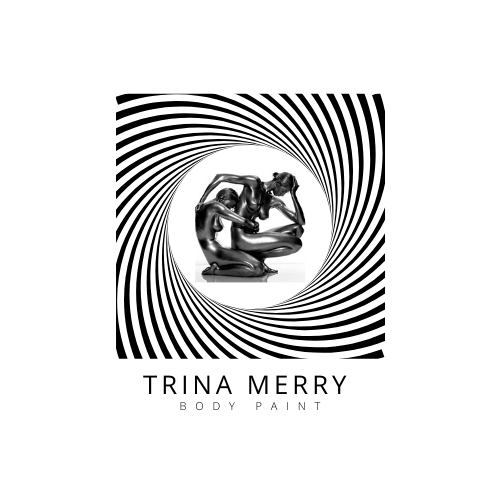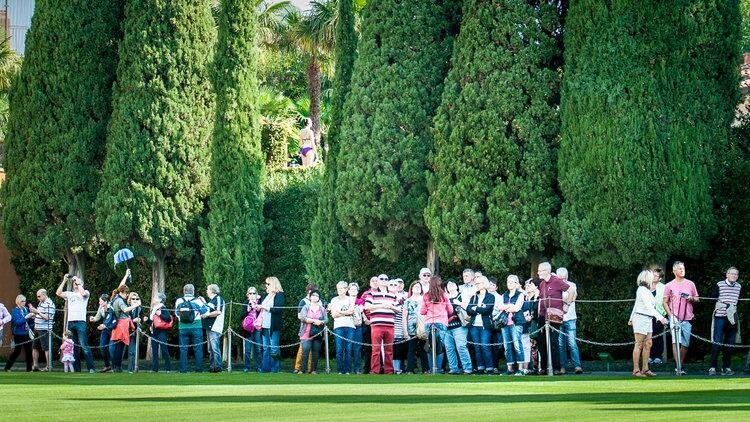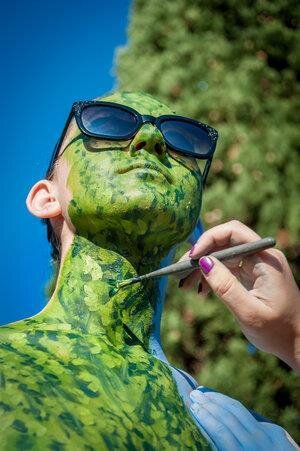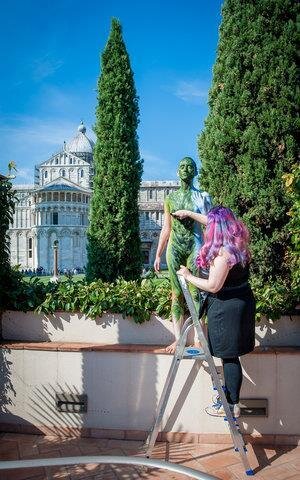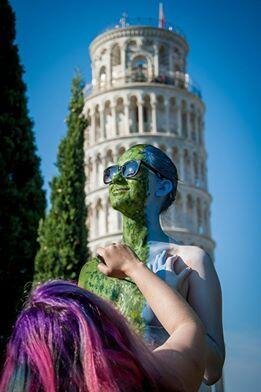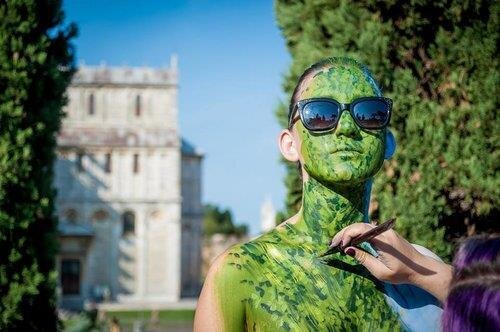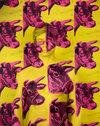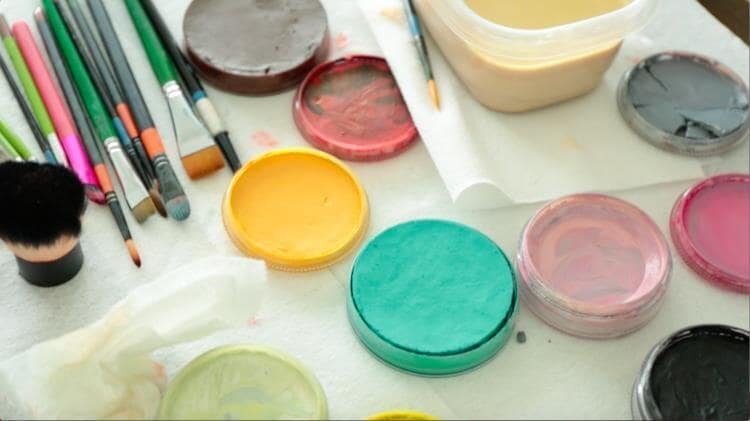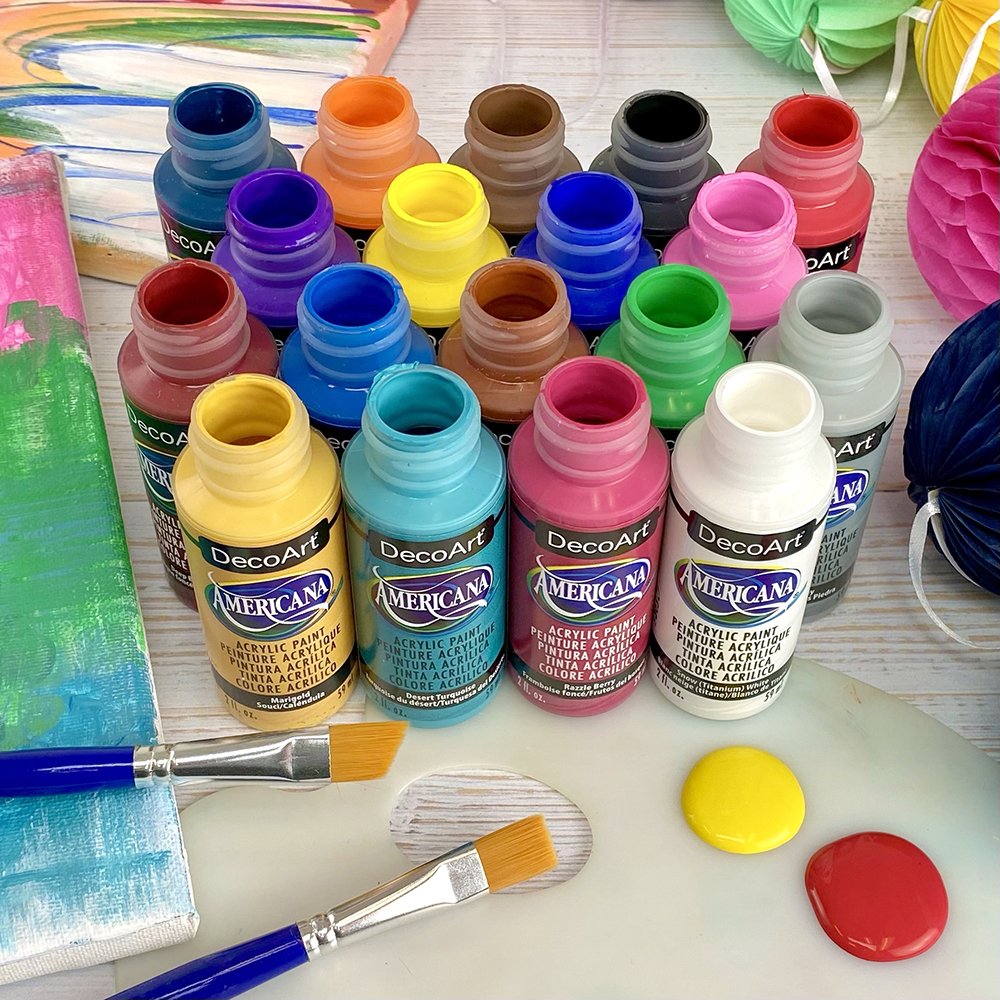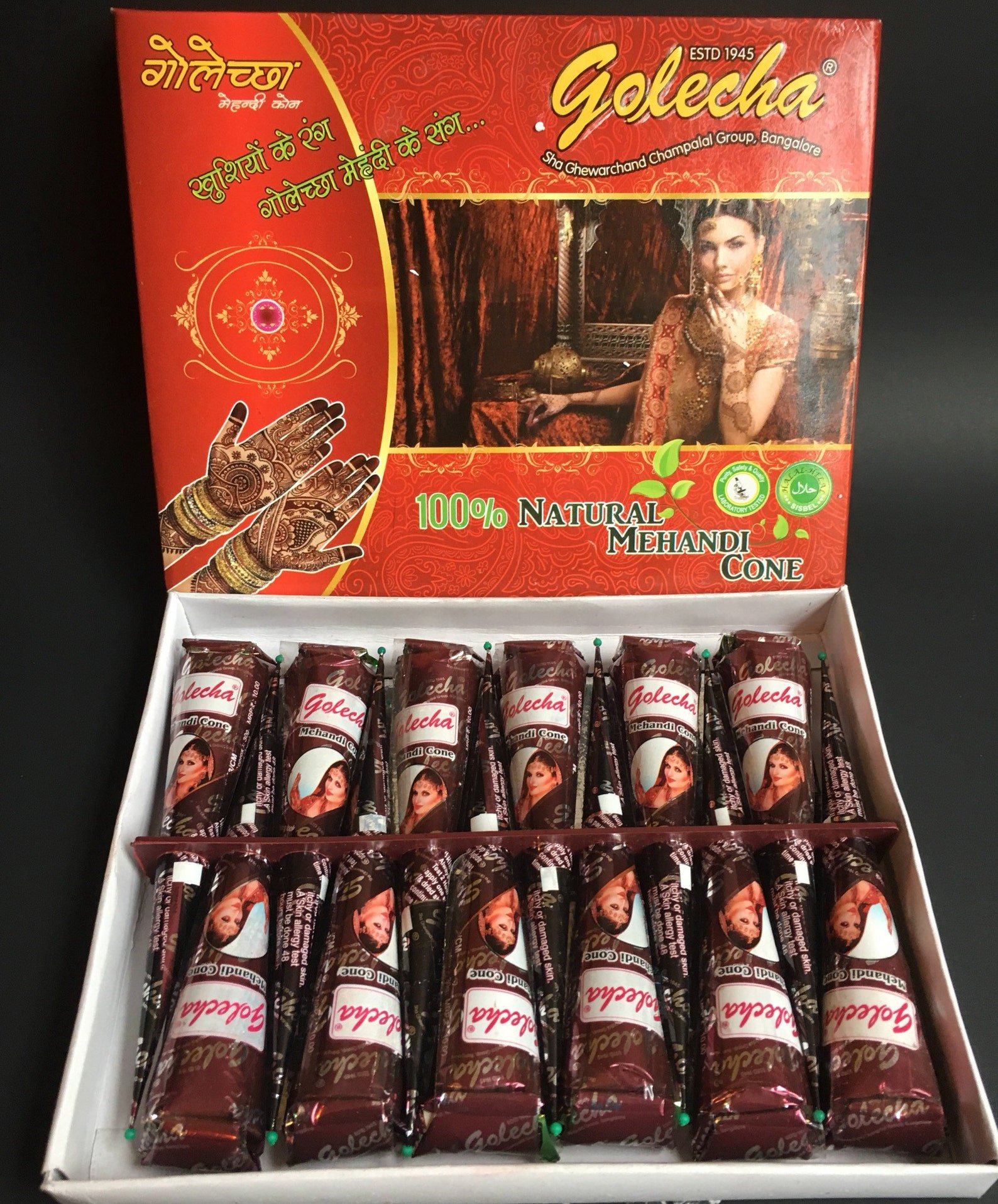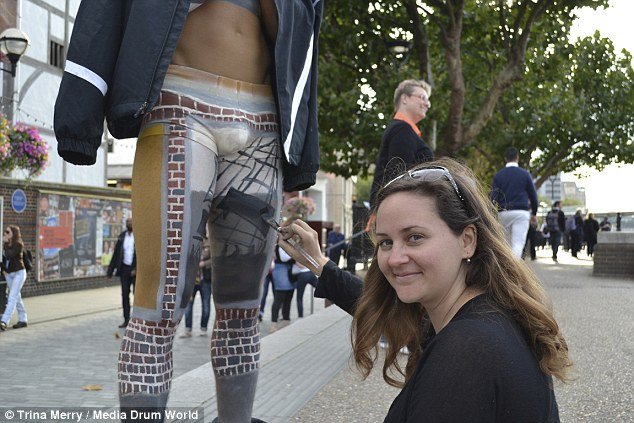Explain what you do:
I paint on people. Using a single perspective point, I create a trompe du'oeil flattening effect that either camouflages people into an environment or sculpts them into an object.
Are you the photographer of your work?
Yes I photograph my work and am the copyright owner on nearly all my major artworks.
How did you start painting on people?
When Trina Merry was struck by lightning in Hollywood, it altered the course of her life. Everything turned white and there was a loud buzzing sound as the lighting filled her car. The most incredible aching sensation shot through her bones. Suffering from continuous a painful ache in her bones whenever she was near power lines or any electrical wires, she escaped to the sheltering forest of Yosemite National Park hoping for reprieve. She spent a year painting by a little stream where she made friends with the local deer.
It was during this time that she had a few glasses of absinthe with Amanda Palmer (the Dresden Dolls, TED Talks). Palmer encouraged Trina to stand onstage and get body painted with the Dolls opening act- an Australian synesthesia art rock band called “The Red Paintings”. While wearing a silver mask that shot laser beams out into the audience, she experienced complete strangers painting her body with brightly colored space toys. Something sparked: Art had a heart beat. Art could be vulnerable. Art was… happening.
How has your family reacted to you being a bodypainter?
They're conservative, but they've been very supportive of my life as an artist and are very happy for me. My dad has bodypainted one of the human motorcycles with me before, which was a special experience.
How big is the Bodypaint community? How many artists do this?
This is a legitimate art medium and there are many artists around the world. However I'd say there's around half a dozen artists or less doing what I specifically do- I am a specialist.
What inspires you?
I like upsetting traditional expectations and social conventions with experiments in beauty and behavior.
What is your process?
Process (may be on my bio page or FAQ sheet)
What is your dream project?
I’d like to paint alongside indigenous bodypainters- me in my style and them in their style- and juxtapose them together in a photograph to pose questions about what is contemporary art. I've begun this series on Easter Island and am working on doing it on other continents.
What am I seeing? Is this digital art? Are you on location or in the studio with backdrops?
This is not digital art. This is a photograph of a Bodypaint happening. The optical illusion effect is done in person and I'm actually on location taking great risks as a street artist (not using backdrops).
How long does it take to complete a bodypainting?
Typically it takes 1-3 hours for my camouflage paintings, 2-12 hours for my human sculptures and 1-6 hours for other types of bodypainting. I don't really enjoy painting longer than about 4 hours because it's hard to maintain a certain energy consistency & I've been training the team to jump in and grab a paintbrush to make it go faster. The most common thing you'll hear me say on set is "paint faster guys!".
What are the challenges you encounter?
Time is always my biggest enemy and also my most honest friend. Whether it's fighting the sun, a deadline, or flying to another time zone where I re-live the same date twice, I have an accurate awareness and observations about time.
What do people say when they see your art?
When they realize what they're actually looking at they freak out and think it's the coolest thing! "Wow!" is the most common response I hear and read.
Why do you enjoy Bodypaint as opposed to conventional painting?
Painting on people is both physically and energetically exhausting but I love only having a few hours to create a painting from start to finish. That energy is such a burst of creation and to me it most accurately represents the experience of being alive. That buzzing moment when you kiss someone you love suspends time but it does come to an end. I still have drawing, painting, sculpture, photography, installation and video as a part of my process so I don't solely work on the body- but these are done in preparation to service the happening.
What is your favorite bodypainting?
Brooklyn Bridge- its imperfect yet empowered. It's my number one selling print.
Who are your favorite artists or people who've inspired you?
Several trompe duoiel artists like , impressionists working with perspective and single day paintings like Cezanne & Manet, sculptors like Bernini and Michelangelo, optical illusion artis Escher, pop artists like Warhol and Koons, performance artists like Yayoi Kusama, Robert Wilson, Marina Abramovic, Lou Bolin, contemporary artists working with the body like Spencer Tunick and Alex Grey, and of course my awesome Bodypaint peers like Craig Tracy, Joanne Gair, Emma Hack, Emma Cammack, Riina Laine, David Gilmore, Alexa Meade, Verushka, Johannes Stoetter, Gesine Marwedal, Yolanda Bartram, Emma Fay, Elena Talgaria, Fillipo Ioco, Scott and Madelyn Fray, Birgit Mortel, Bella Vollen, Mike Shane and so many more wonderful souls. We all push each other and inspire one another. I never feel alone- wherever I travel in the world, there is a friend & support.
Did you only paint women?
Gender is an interesting discussion right now, isn't it? Half my team identifies as male and half identify as women. My New York series is all female whereas my UK series is all male. It varies but I've been challenging myself to have a balance. I identify more with women when expressing myself obviously.
Where do you find your models?
People request to model for me everyday. There's billions of people on this planet so it's really not hard to find a canvas.
I now do closed auditions once a year and take on a limited number of performers on my NYC Bodypaint team.
Aren't you sad when the model washes off your painting?
No actually I detach from the experience almost right away. I've done thousands of bodypaintings now and really just love living in the moment so much. The bond between the human canvas and I of course remains.
What are the prices of your limited edition prints?
The least expensive open edition 8x12" paper prints start at $49 and my most expensive works are $5000- all very affordable and we take payment plans.
Can you paint a client if you have such an offer? And how much would it cost?
Bodypaint is a transformative experience and as a connesouir of experiences I think others should be able to access this experience. I paint up to two normal people per month and the rates are $2500-10k. While I'd like to say it's a once in a lifetime experience, I've had a few clients come back for more and even do a mini series with me.
What painting took the longest to do?
The yellow sport bike titled "Kawasexy" took 18 hours. It was painful for everyone and I don't like painting for that long.
Isn't your artwork pornography?
No. My work does not involve people performing acts or the sale of adult sex toys.
My Bodypaint happenings differ from say Yayoi Kusama who held Bodypaint orgies with the intent to protest war and violence.
My models are occasionally nude which has a well precedented history in art and culture. From churches & museums to fountains and other publicly commissioned works, the fine art nude figure can be found everywhere.
Do you make your living from Bodypaint?
Yes- 100%. I have four income streams: 1) commissions (private or commercial) 2) live art activations 3) sale of limited edition prints 4) royalties/image rights
What kind of paint do you use?
The medium I use is actually called Bodypaint. It's non-toxic, hypoallergenic and FDA approved. My team holds the highest standard for hygiene in the Bodypaint industry. Most bodypainters kits are full of viruses, bacteria and fungus from other people's skin. We do our very best to ensure team members and private clients do not receive STDs or other unwanted infections.
What's painting in the body like versus painting on a traditional canvas?
My canvas has a twinkle in their eye, breath, a heart beat. There's really nothing like using the body as a surface.
What kind of models do you prefer?
I like working with dancers & circus performers- but I enjoy working with people from a wide variety of backgrounds. We all have something to teach and to learn and I like a well-rounded team.
Where are you from? Where do you live now?
I was born in Seattle, lived most of my life in California (Bay Area and Los Angeles) & now I live in New York City.
